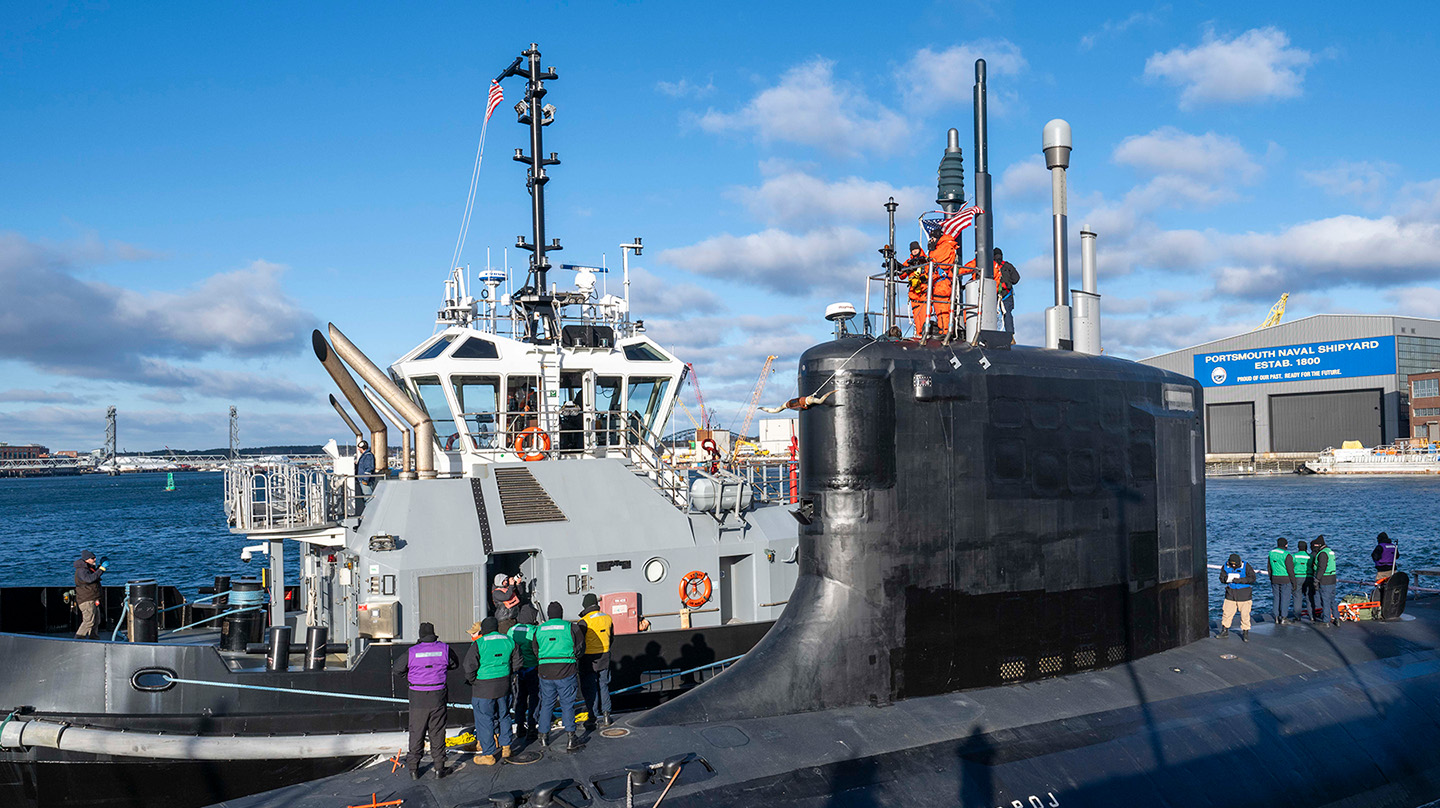Researchers at the Johns Hopkins Applied Physics Laboratory (APL) are working with the Naval Sea Systems Command (NAVSEA) to address reliability concerns with metal additive manufacturing for defense applications. The collaboration focuses on laser powder bed fusion technology, demonstrating that proper control measures can produce consistent, high-quality materials. APL’s research has shown that precise management of process parameters can eliminate porosity issues that previously created skepticism about 3D printing for critical components.

The research team has conducted extensive testing comparing material properties across multiple vendors and examining long-term durability of additively manufactured parts. “What we’ve shown through rigorous research is that as long as you control your feedstock, process parameters and post-processing, you can get highly consistent material properties,” said Michael Presley, an additive manufacturing engineer at APL. This work has helped reduce NAVSEA’s machine certification requirements by over 60% while maintaining reliability standards.
One of NAVSEA’s primary challenges has been ensuring uniform quality across different vendors and manufacturing environments. Justin Rettaliata, NAVSEA’s technical lead for additive manufacturing, noted: “We don’t just need additive manufacturing to work — it needs it to work predictably. To scale up, we need a mature industrial base that can produce additively manufactured parts at consistent quality levels across vendors and environments.” APL’s research has directly influenced NAVSEA’s manufacturing standards and certification guidelines.
The technology has already demonstrated practical value in maintenance scenarios. In one case, when a Navy ship experienced a component failure, APL helped reverse-engineer and 3D print a replacement part in just five days, compared to the traditional procurement timeline of six months to two years. “Reducing logistics delay time from months to days is a game-changer for operational availability,” said James Borghardt, program manager for Maritime Expeditionary Logistics at APL.
While additive manufacturing has proven valuable for repairs, researchers are working toward implementing the technology in the initial design of mission-critical systems. Eddie Gienger, who worked on the research, explained the significance: “The expected service life of a Virginia-class submarine is 33 years. NAVSEA must have confidence in the lifespan of additively built components compared to those manufactured with traditional processes.” The ongoing research aims to build this confidence for broader adoption of additive manufacturing in naval applications.
Source: jhuapl.edu

